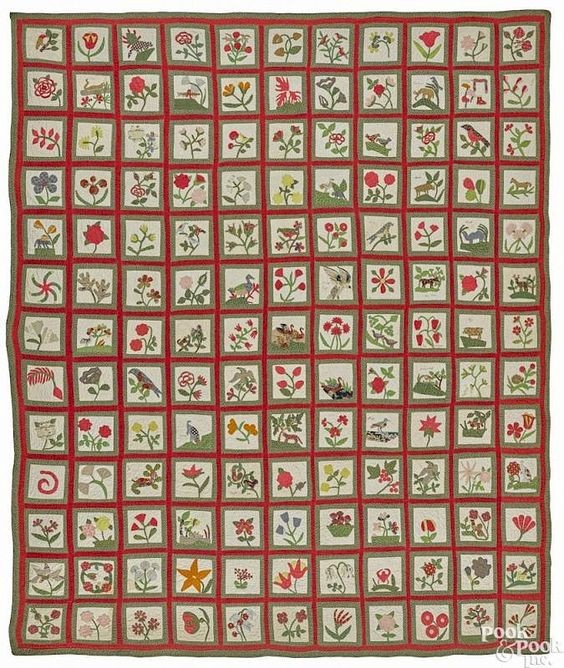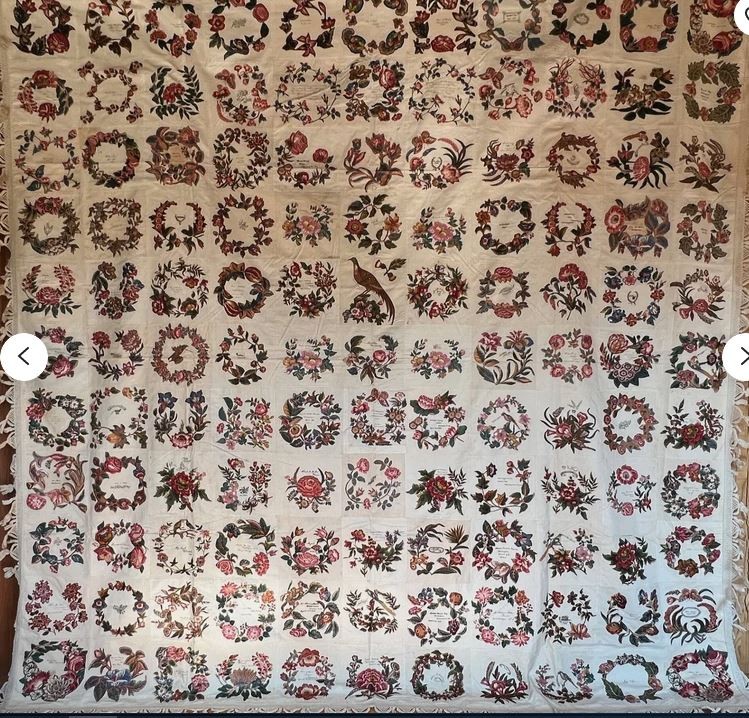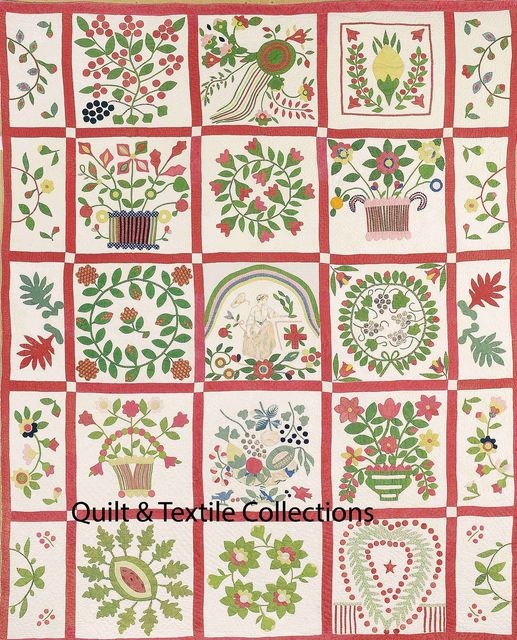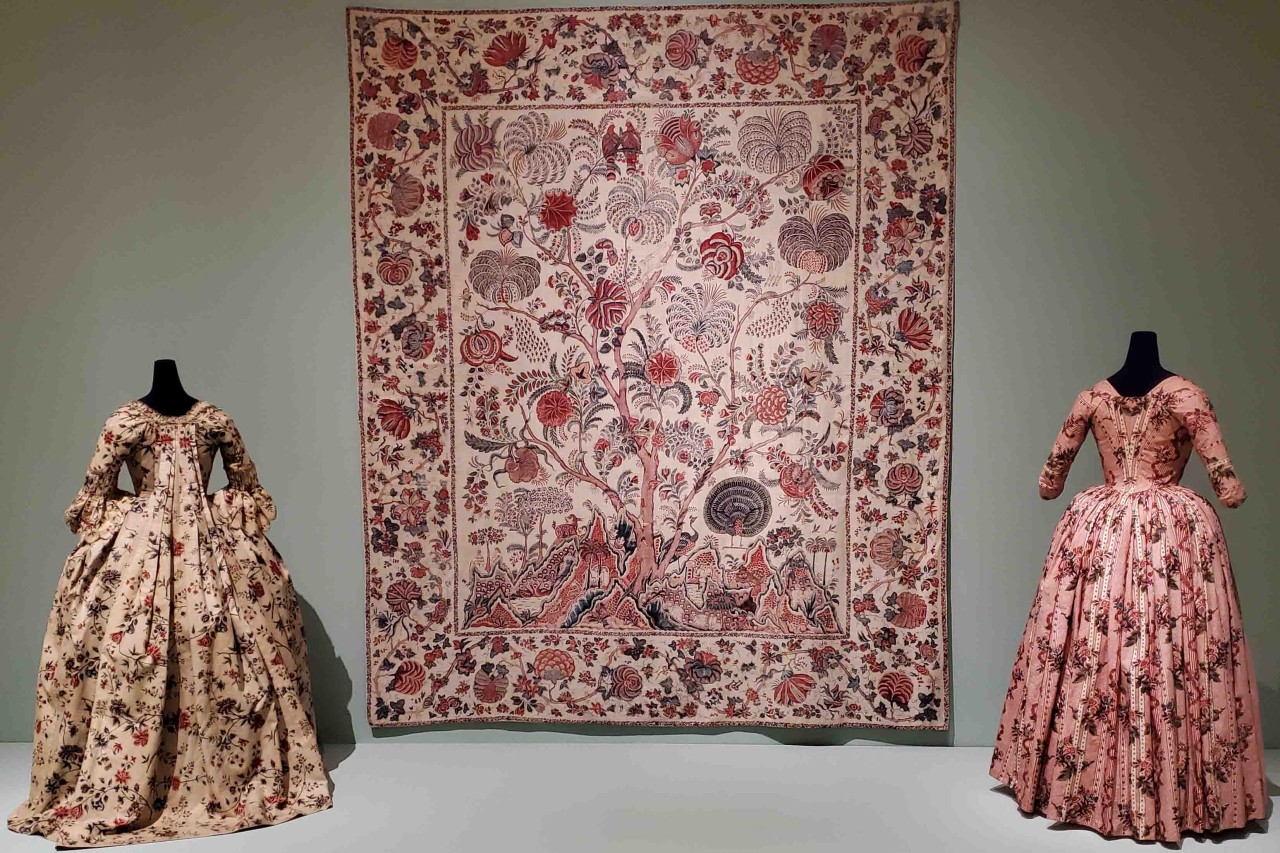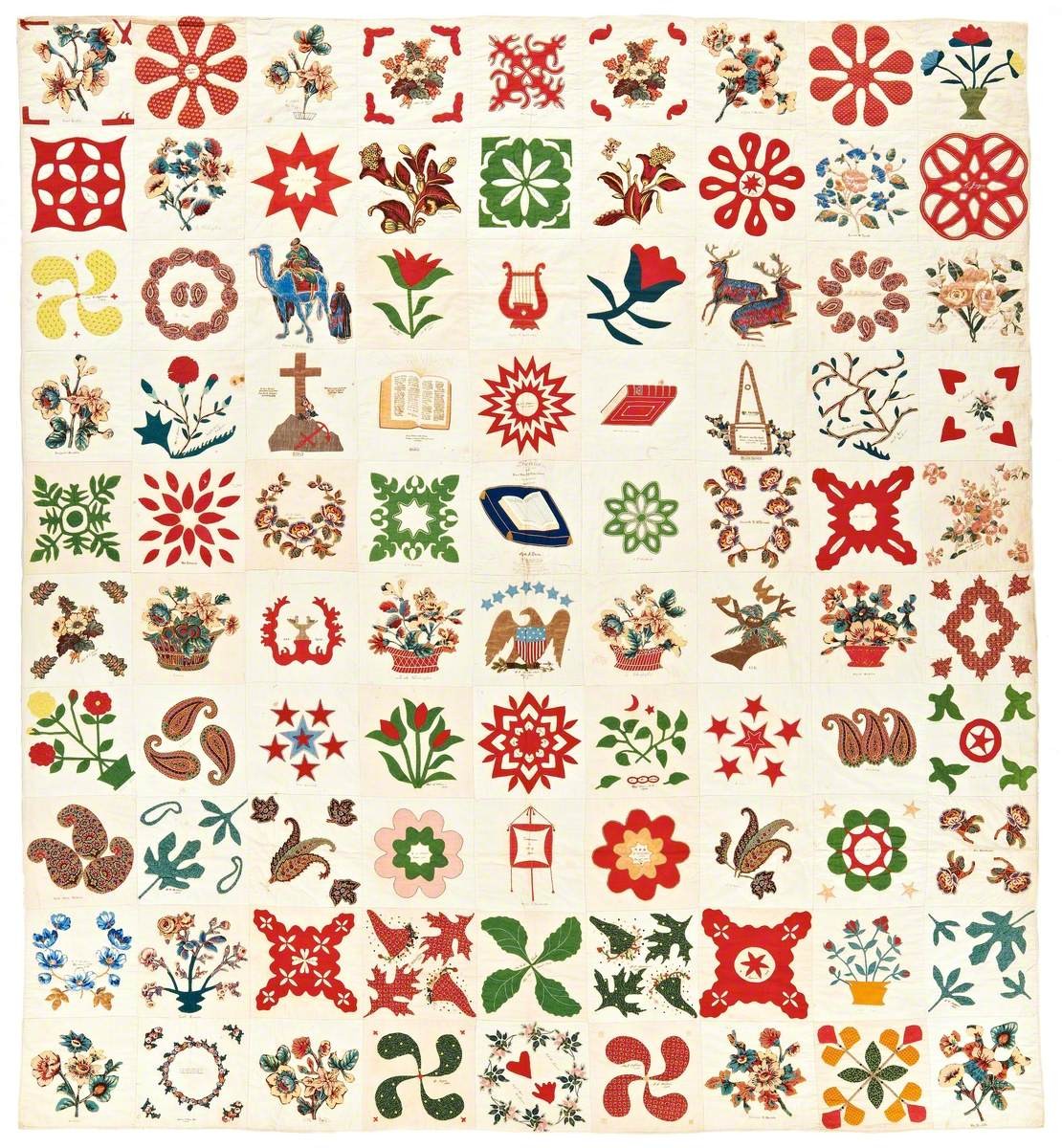
My sister informed me, “everyone knows what it is when you call it the Bible Block like from Baltimore Album Quilts.” (BTW, if you don’t have a sister or friend to discuss quilts and quilt history, find one. I’ve truly learned so much from our discussions and hopefully my sister has learned some from me too…more than if I only went on hunts that I instigated.) Yes, most people do know what it is when you call it a Bible block, but what if in fact it is an autograph book in the quilt, not a Bible block? A real clue that you might need to explore another answer is when the quilt has more than one “Bible block” contained in it. Or if the known quilt makers have used previous books to represent an autograph...


